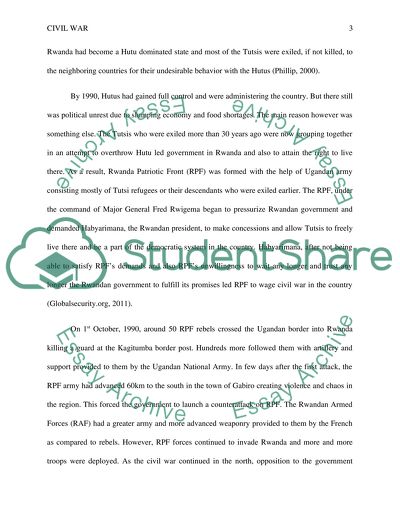Cite this document
(“Civil War Paper Research Example | Topics and Well Written Essays - 1500 words”, n.d.)
Civil War Paper Research Example | Topics and Well Written Essays - 1500 words. Retrieved from https://studentshare.org/history/1443199-civil-war
Civil War Paper Research Example | Topics and Well Written Essays - 1500 words. Retrieved from https://studentshare.org/history/1443199-civil-war
(Civil War Paper Research Example | Topics and Well Written Essays - 1500 Words)
Civil War Paper Research Example | Topics and Well Written Essays - 1500 Words. https://studentshare.org/history/1443199-civil-war.
Civil War Paper Research Example | Topics and Well Written Essays - 1500 Words. https://studentshare.org/history/1443199-civil-war.
“Civil War Paper Research Example | Topics and Well Written Essays - 1500 Words”, n.d. https://studentshare.org/history/1443199-civil-war.


